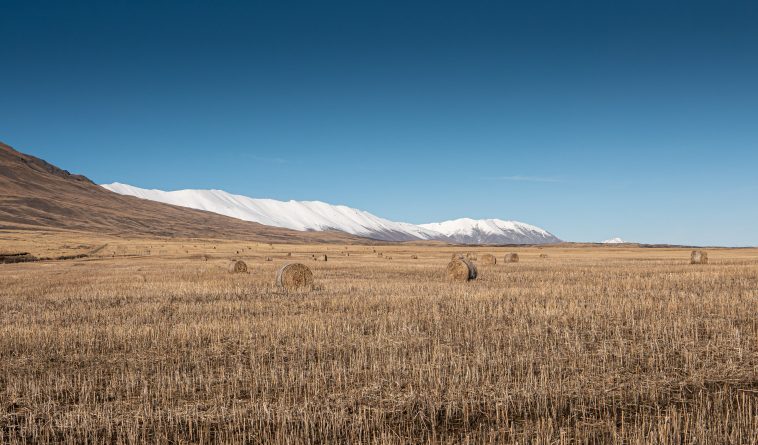There was once a time when weather patterns were stable, and the effect of destructive weather patterns was not a great threat; a time when farmers had a more than 70 percent guarantee that whatever rained-fed crop was planted, would grow without any major external hindrance. Climate change has changed that.
Climate change refers to long-term alterations in temperatures and weather patterns. The alterations may be influenced by natural or human-driven activities. Natural effects can be caused by variation in the solar cycle, reflectivity or absorption of the sun’s energy, volcanic activity, and changes in the earth’s orbit. Human-driven activities include burning fossil fuels like coal, oil and gas.
The symptoms of climate change have been evident as much of Africa has already warmed by more than 1 °C since 1901, with an increase in heatwaves and hot days. A reduction in precipitation is likely over North Africa and the south-western parts of South Africa by the end of the century, according to the Intergovernmental Panel on Climate Change (IPCC).
Other signs of climate change in sub-Saharan Africa are heat extremes which are temperatures 3 and 5 standard deviations above the historical norm, precipitation changes, increased aridity and evapotranspiration and a sea-level rise.
Unfortunately for sub-Saharan Africa, the lack of proactive mitigation measures against the effects of climate change will stand in the way, and will keep us lagging behind as the rest of the world continues to spur forward. Low levels of adaptive capacity, poor diffusion of technologies and information relevant to supporting adaptation, and high dependence on agro-eco systems for livelihoods are the reasons why we are behind in addressing climate change issues.
Already many sub-Saharan Africa farmers are immensely affected by climate change as they face challenges with accessing water as some rivers dry up and dams are not filling up.
In some regions, floods have caused agricultural farmland to be lost. Heat stress has caused crop yields and livestock productivity to decrease. The increasing prices of food due to agro-produce scarcity contribute to poverty and malnutrition.
Women labourers often experience additional duties as caregivers and as well as from societal responses to climate change after extreme weather events, for example in the case of male migration which also reduces the availability of a strong and dependable agricultural workforce. More conflicts transpire as people fight over the limited natural resources, fertile ground and water.
The best way the farming community can confront the climate change effects is through planting crop varieties and species resistant to heat stress, shocks and drought, adapting water-conservative irrigation systems, using water-efficient mechanisms to collect and save water, conserve soil moisture, and reduce siltation and saltwater intrusion, and through incorporating systems to prevent waterlogging, erosion and nutrient leaching.

Changes in weather patterns are an indication of climate change. It is caused by natural events and human intervention. (source: pexels)
Furthermore, crop calendars can be changed to improve the timing and location of cropping activities according to season and climate status. Crop, livestock, forestry and fishery projects at a farm level can be mixed and farmers should seek information and services related to seasonal climate forecasting.
At government level, SSA countries will have to promote the use of waterwise irrigation systems, low and no-till agricultural practices. Projects supporting income diversification and disaster risk management can be established.
More effort has to be put into optimum agricultural extension services provision so as to increase yields and improve information exchange between and among communities across the region. The emancipation of women and other marginalised social groups must be upgraded.
A 2016 article titled Climate change impacts in Sub-Saharan Africa: from physical changes to their social repercussions, published in the Regional Environmental Change magazine, predicted that due to climate change, East Africa was at a higher risk of flooding and concurrent health impacts and infrastructure damages. West Africa was projected to experience severe impacts on food production, including through declines in oceanic productivity, with severe risks for food security and negative repercussions for human health and employment.
South Africa was set to experience the strongest decrease in precipitation with concurrent risks of drought.
A few years later and up to now these are effects we continue to experience; thus the sub-Saharan Africa stance must be more progressive and aggressive for survival’s sake.
Only when these challenges are tackled can the region’s human health and safety, food and water security and socio-economic development improve.









